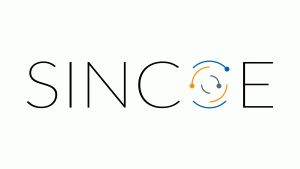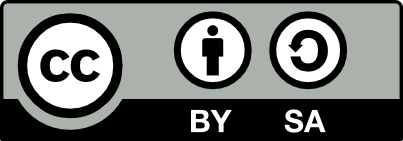Home » ResourceType » Pedagogical script
Category Archives: Pedagogical script
References
Cheng, C. Y., & Chang, P. Y. (2012). Implementation of the Lean Six Sigma framework in non-profit organisations: A case study. Total Quality Management & Business Excellence, 23, 431-447. Clune, S. J., & Lockrey, S. (2014). Developing environmental sustainability strategies, the Double Diamond method of LCA and design thinking: a case study from aged care. […]
How learning analytics can be used in the different case examples
Learning analytics refers to the process of collecting, analyzing, and using data from various learning contexts to improve teaching and learning outcomes. When it comes to assessing or giving feedback to university students related to their innovation competence, learning analytics can be a powerful tool. By analyzing student performance data in innovation-related activities, such as […]
Where and how to assess the learning of the innovation competence
Assessing the development of innovation skills in university students is a complex process that requires careful consideration of a variety of factors. First and foremost, it is important to define what is meant by “innovation” and what specific skills are involved in developing this competency. This may include creativity, critical thinking, innitiative, collaboration, and networking […]
How to stimulate and maintain learner’s motivation to learn
Effective teaching is not only about transmitting information but also about creating a learning environment that fosters active participation and student motivation. To achieve this, teachers can employ teaching practices that promote student engagement and self-regulation in their learning process. Some of these practices include creating interactive and participatory activities in class, fostering collaboration among […]
Which role should the teacher have to play
To teach something, but in particular a skill such as innovation or creativity, the teacher has to lead by example. His or her classes have to be interactive, creative, and different in some sense. During the parts of the session specifically dedicated to the innovation competency, the teacher acts as a facilitator of the sessions: […]
What kind of learning environment(s) learning takes place
To work on the innovation competency and, above all, to evaluate it, we need an active and preferably collaborative learning environment. The latter is not absolutely essential because we can consider the option of individual innovation. But in complex environments and in the face of non-trivial problems, it will probably be essential to approach innovation […]




